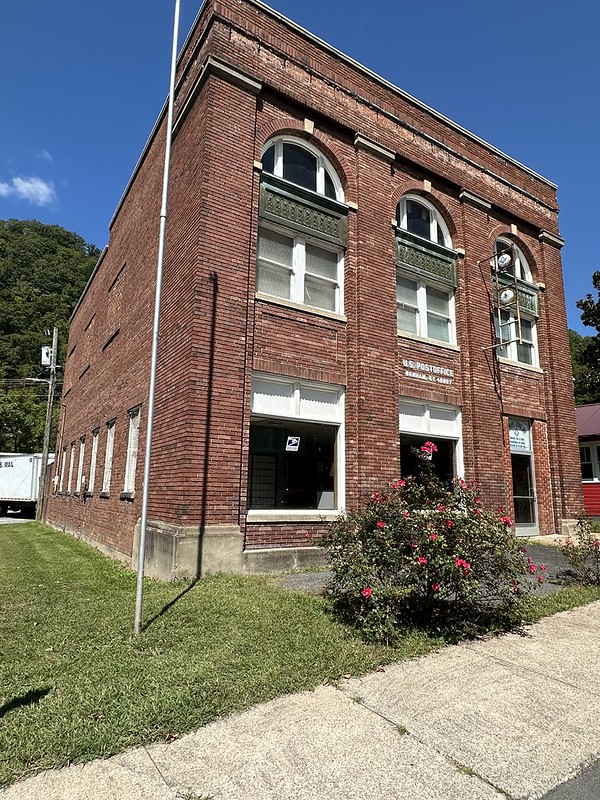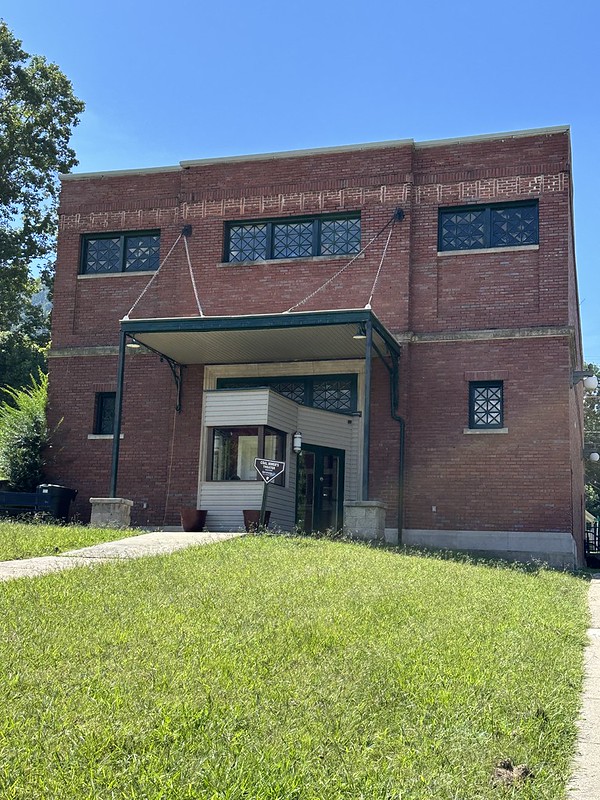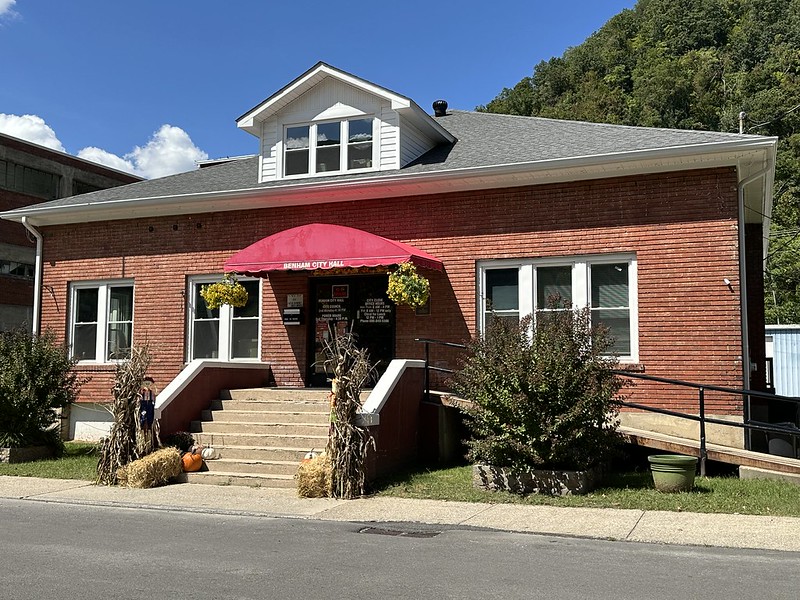
Appalachian Figures Series – The Story of Travis Glenn Brock of Leslie, Kentucky On a winter morning in 2010, deep under Leslie County, a young miner from Helton was doing the work he had learned as a teenager. He stood beside a remote controlled cutting machine in a crosscut of the Abner Branch Rider mine, trimming the mine floor and ribs so the crew could keep advancing.








